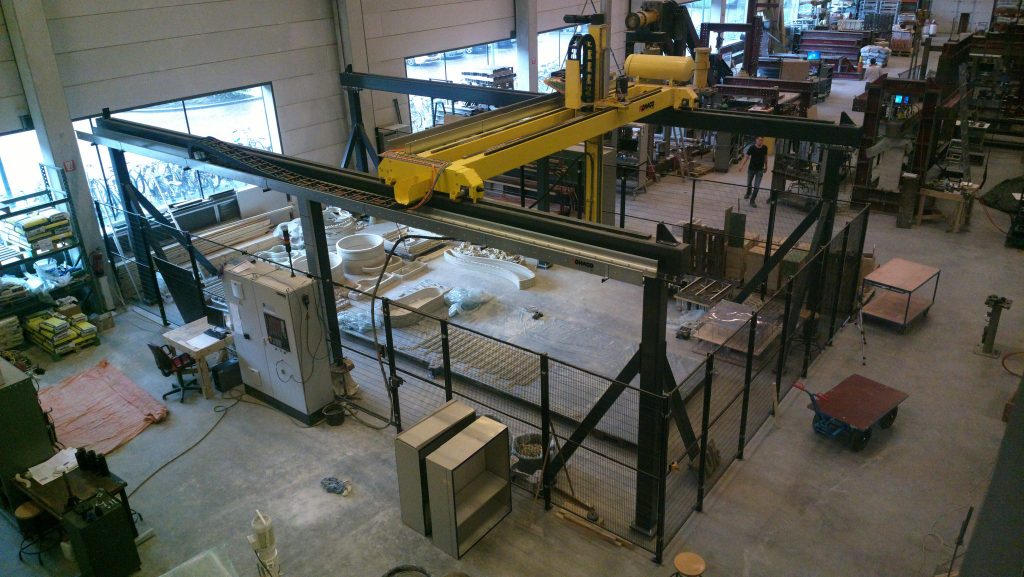
Additive manufacturing (AM) has become a buzzword synonymous with the future of manufacturing. While traditional manufacturing techniques will certainly remain, there are still many industries – and materials – that additive manufacturing will soon expand into.

By far the most promising future material that is being developed for the additive manufacturing industry is carbon fiber products. Most 3D printed parts are rather weak in the Z direction due to the way material is built up. However, for many applications, the advantages of additive manufacturing are still worth that decrease in directional strength, such as lighter weight and faster prototyping. Materials are currently being pioneered that introduce a nanomesh of carbon fiber into polyamide composite plastics. When combined to create a stronger composite, parts made of this material are significantly stronger than their alternatives, resistant to chemicals, and handle vibrations rather well. Applications for this material are virtually endless, but the aerospace industry shows the most promise.
As we discuss future materials of additive manufacturing, many are already in the development stages or even producing scalable products. Unlike the already refined polymer aspect of 3D printing, however, it will be these future materials that will drive much of the growth of the industry. Materials like 3D printed titanium for orthopedic applications have the ability to do just that.
A company called Arcam focuses primarily on turning designs straight from “CAD to Metal.” Their biggest application for their titanium and cobalt 3D prints lies in the need for joint replacements in medical applications. On the high-volume side of manufacturing, Arcam already uses electron beam additive titanium prints in runs of hundreds or thousands for the production of hip, shoulder, dental, and spine implants, according to Machine Design. Electron-beam metal additive manufacturing is growing in the aerospace industry, but not quite to the scale that it is in the orthopedic industry. Arcam mentions that their applications for the aerospace industry are fairly limited to research and development as well as prototypes due to the nature of the products being specked. As these future metal additive materials advance, they will likely grow into aerospace and consume orthopedics even further.
Recently the Short Sleeve and Tie Club wrote an article on manufacturing videos, and it uncovered an innovative hybrid additive technique mainly used by Ford. This technique isn’t additive in the traditional sense, but it poses a large future to the rapid prototyping industry. Ford is able to make stamped metal prototypes in a matter of hours without the need for custom metal stamps. They use a machine that essentially stamps the metal sheet in layers, much like additive. The result is a stamped metal part with equivalent fidelity to a high volume metal stamped part. For automotive, an additive hybrid technique like this poses significant promise.

Finally, one of the most exciting future additive applications is one that binds two different engineering disciplines: concrete printing. There are various companies that are pushing this technology to its limit. 3D printing of this magnitude has the possibility to construct entire neighborhoods within a matter of days, not months. A singular automated machine could construct emergency structures for refugees in a disaster zone. Teams of concrete printers could build new luxury neighborhoods for relatively low cost to the consumer. It is a construction technique that seems too good to be true, but might be one of the most impactful applications of additive techniques.
There are, of course, a number of other future additive materials that we didn’t cover here. Additive manufacturing is still rather young as an industry. As we continue to adapt materials to this sort of manufacturing, applications will continue to expand, and the future of manufacturing will continue to glow brighter.



Add comment
Connect with: Log in
There are no comments